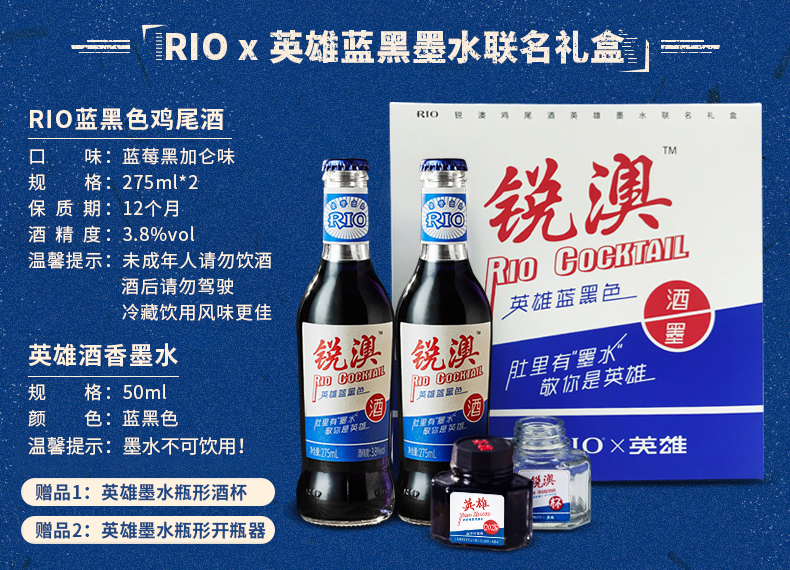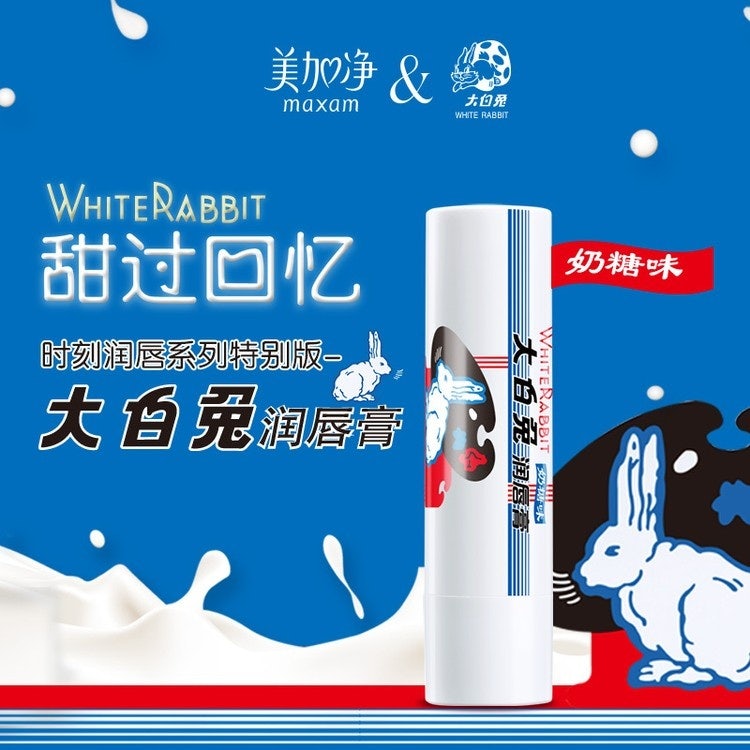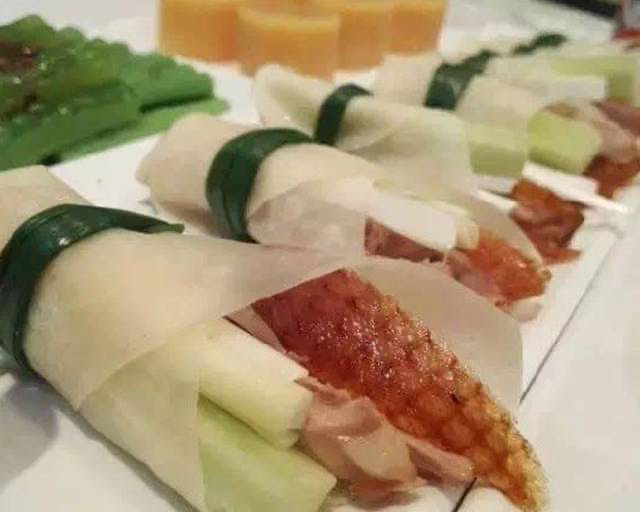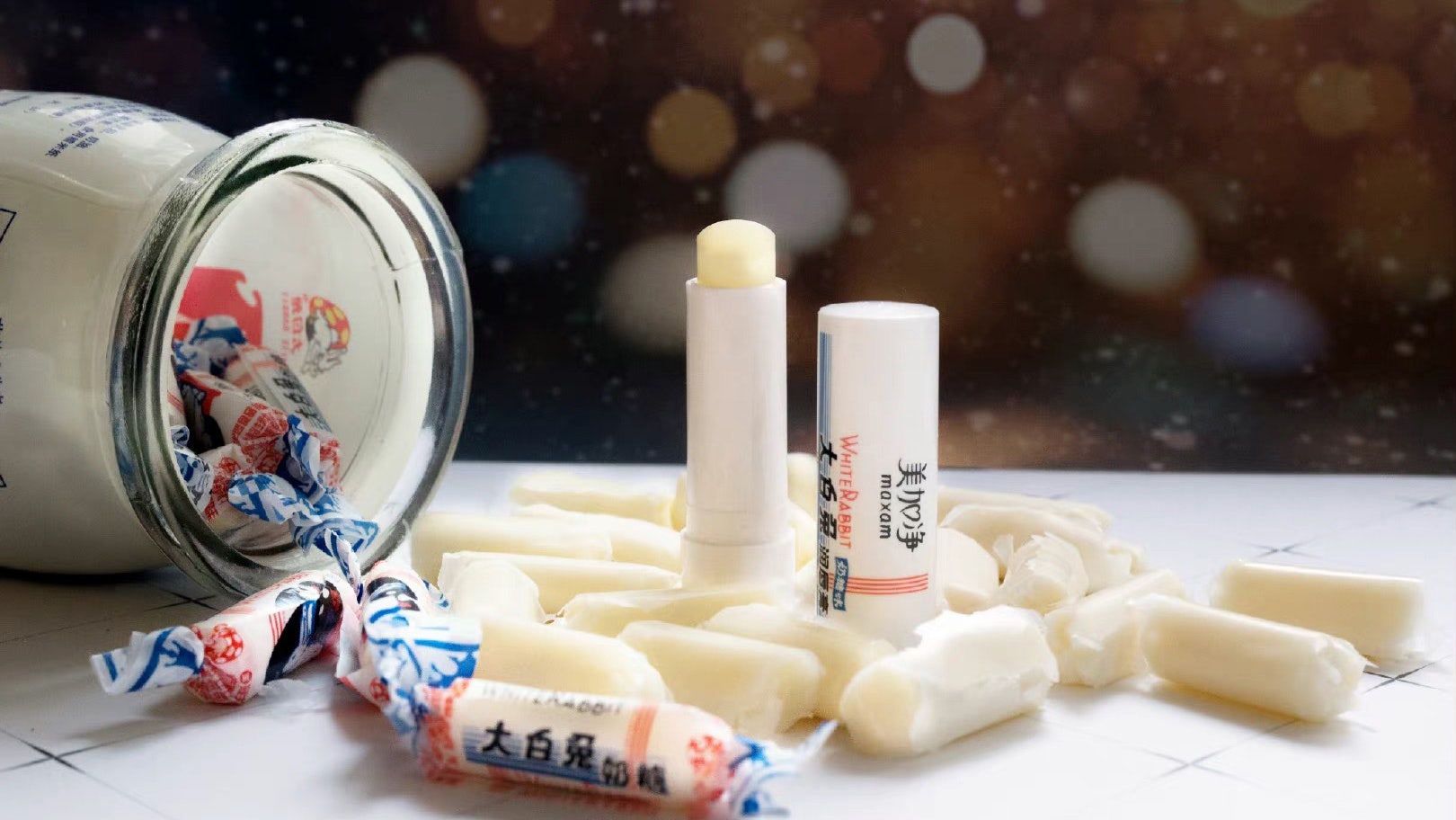Key Takeaways:#
When Hero Ink collaborated with alcopop beverage brand Rio in 2019 to roll out a drink in its classic packaging, it created a nostalgic moment while steering curiosity toward Rio's two new flavors.
To win at co-branding, your home brand should already have a relatively strong audience base in China, even if it is well-known in its original market.
A co-branding campaign can only expect to go viral if the brand can establish a deep understanding of the local culture.
If you pay attention to hiring trends on LinkedIn, you will have noticed an increased demand for partnership marketing roles. I was curious about why, so I spoke with a few senior marketing friends and received one answer: the rise of co-branding.
Blackett & Russell (1999) defined co-branding as “a form of co-operation between two or more brands with significant consumer recognition, in which all the participants’ brand names are retained.” Sophia Bernazzan from HubSpot wrote that “co-branding is a strategic marketing and advertising partnership between two brands wherein the success of one brand brings success to its partner brand, too.”
Regardless of how you perceive the act of brand collaborations, pairing identities, consumer bases, and industries have become more popular today than ever.
Many well-known, co-branded Western campaigns have achieved viral success in China via partnerships. But what about local Chinese brands? How can they reap the benefits of collaboration without having to tap into the influence of global players? Let’s take a deep dive.
Hero Ink x Rio Wine: Creating a ‘déjà vu’ moment for millennials#

Almost all Chinese millennials born in the eighties to nineties used Hero during their school days (I was a loyal user throughout my secondary school life). So when the stationery manufacturer tied up with alcopop beverage brand Rio in 2019 to roll out a drink in its classic packaging, it created a déjà-vu moment while steering curiosity toward Rio's two new flavors.
The campaign runner (the digital retail business unit at Rio) clearly knew how to tug at millennial hearts. First, they were limited editions — only 5,000 sets of drinks were available during the first round of release on Tmall. Second, the special bundle came with a Hero Ink-inspired glass resembling the ink bottles we used at school and a bottle opener with a similar design. That further stimulated young trendsetter enthusiasm for the collection. As a result, Rio reportedly achieved a monthly sales explosion that was 92-percent contributed to by first-time buyers. The collaboration also brought back millennial shoppers' appreciation for Hero Ink.
White Rabbit x Maxam: Innovation-led shopping madness#

During the White Rabbit x Maxam presale on Tmall in September 2020, close to a thousand milk candy-flavored lip balms sold out within seconds. That was the first-ever partnership between White Rabbit, a long-time favorite of Chinese children, and the Shanghai-based cosmetics company Maxam, also known as Meijiajing.
Similar to the psychology behind Hero and Rio’s collaboration, the White Rabbit x Maxam campaign connected with millennial childhood memories. It created a throwback by adopting the classic packaging of White Rabbit candy but also by infusing the beauty product itself with essences of olive and sweet almonds that mimicked the milk candy’s taste and smell. The campaign slogan Sweeter Than Memories. Moments Of Purity is striking and perfectly echoes the customer experience of enjoying a taste of youth.
Maxam is a brand with history, too. Since starting a business in 1978, the company has served generations of Chinese women for almost half a century. Therefore, working with White Rabbit was a win-win that innovatively bonded mothers, daughters, and even grandmothers. It also successfully rode on the wave of China-chic, a trend that advocates for domestic products incorporating Chinese traditional style and culture with young consumers.
How to make 1+1gt;2 for your co-branding#
First of all, your home brand should already have a relatively strong audience base in China. I don’t recommend any brand still fresh to Chinese customers to jump into co-branding, even if it is well-known in its original country/market.
In my opinion, co-branding should be a fair trade, which means you and your partner should have equal brand awareness, market size, and popularity. That makes it easier to forge a deal in the first place, and once each brand's loyal customers develop an interest in the other and become the first advocates to spread the word about this partnership.
Second, consider how both your products complement each other when marketing to the same target audience. For example, Maxam intentionally co-branded with everyday food and beverage brands like White Rabbit and McDonald's, with each sharing its sense of familiarity among the mass market. Conversely, it might have been risky for Maxam to work with some fine-dining, niche brands.
Lastly, only expect a campaign to go viralif you establish a deep understanding of the local culture, which requires empathy towards your audience, active social listening, and a clear position on your own brand.
Earlier in 2016, the world-famous Peking Duck restaurant, Quanjude, failed to develop its youth-focused sub-brand Xiao Ya Ge due to a lack of in-depth market research and an unmatching value proposition. Compared to the sensational dine-in experience at the Quanjude restaurant, where the chef slices the duck and introduces Peking Duck history to customers in real-time, Xiao Ya Ge’s ready-to-eat duck roll lowered the brand's appeal by making the national dish feel like fast food. To everyday commuters, roasted duck isn’t the usual dish for work lunches or dinners, which only decreases the market penetration of Xiao Ya Ge’s delivery service. Quanjude had to eventually sell the platform business at a loss of 313,000 (two million RMB).

As you can see, most importantly, businesses must thoroughly consider their co-branding intentions and study the behavior of their chosen customer base; it is likely the key to your partnership marketing success in China.

